When it comes to exploring Punjab, it’s not just about visiting – it’s about experiencing. Imagine stepping into a never-ending Punjabi wedding where the music never stops, the food is always spicy, and everyone greets you like you’re a long-lost cousin. From savoring authentic flavors to immersing yourself in vibrant culture, the list of things to do in Punjab is as colorful as the state itself. Whether it’s the food, the culture, or watching people out-dance each other to Bhangra beats, Punjab, with some of the best tourist places in the country, promises you the time of your life. So, grab your Patiala peg (more on that later), and let’s dive into 14 amazing activities in Punjab that’ll make you want to shout “Balle Balle!”
1. First Thing to Do in Amritsar, Punjab: Visit the Golden Temple
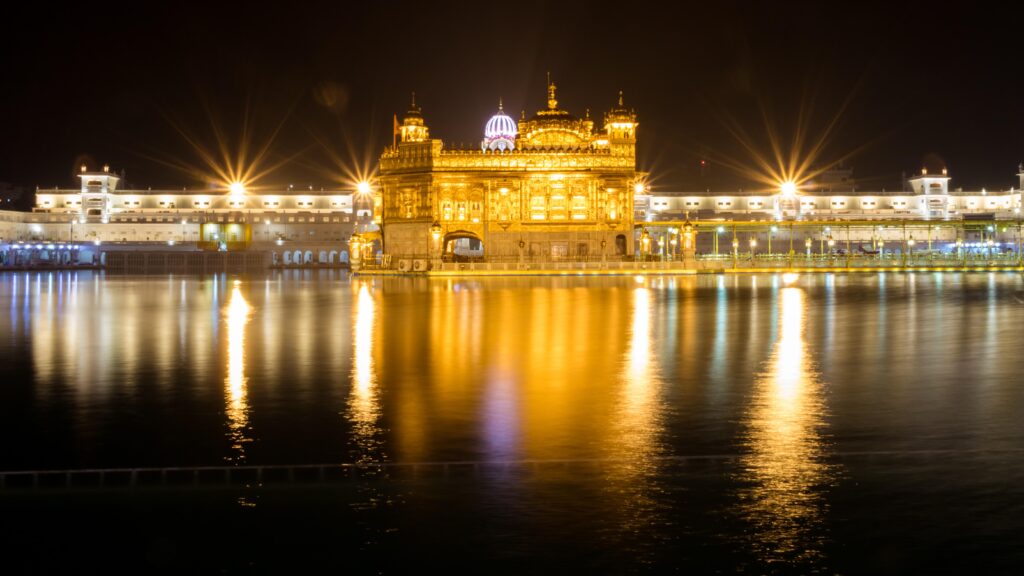
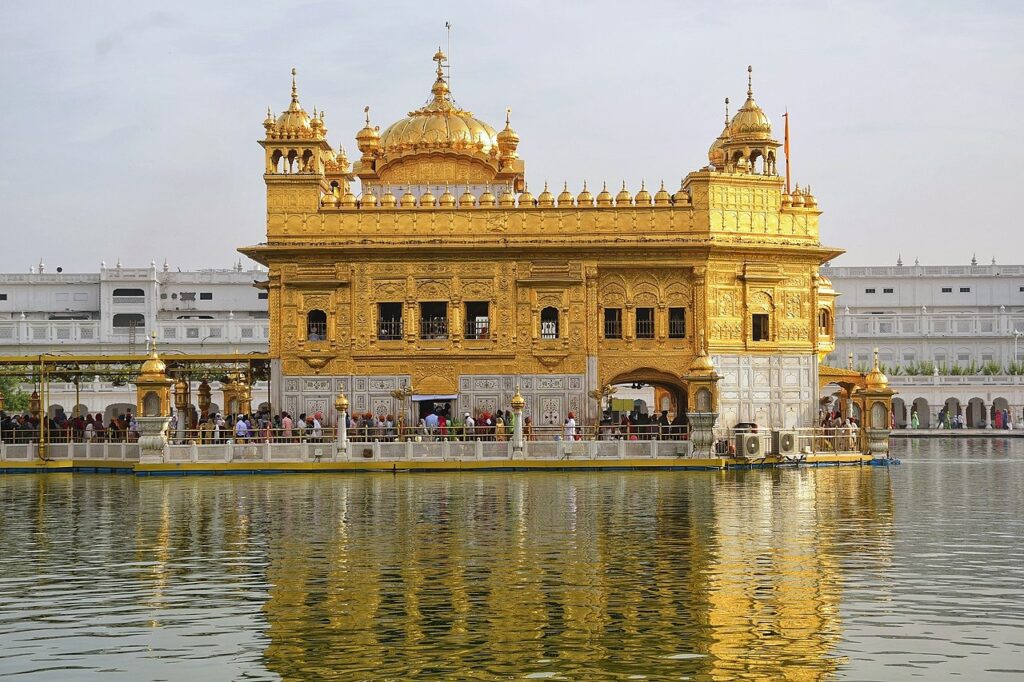
You know how some people wear too much gold? Well, the Golden Temple in Amritsar does it with grace. Covered in literal gold, this iconic Gurudwara isn’t just Instagram-worthy, it’s also soul-soothing and one of the top tourist attractions in Amritsar. Don’t forget to visit the Langar, where free food is served 24/7 – and not just any food, but piping hot, delicious dal, sabzi, and roti made with love. And, of course, it’s all vegetarian – perfect for when you’ve had one too many butter chickens.
Pro Tip: Wear something comfortable; you’ll have to sit on the floor while enjoying your meal. Trust me, it’s worth every bite.
2. Witness the Wagah Border Ceremony
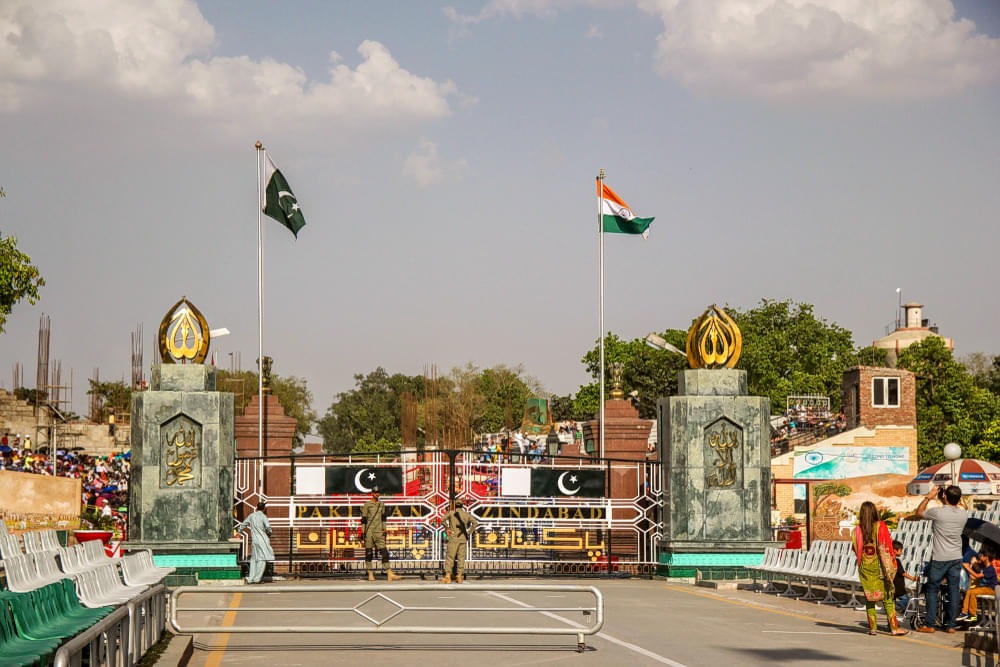
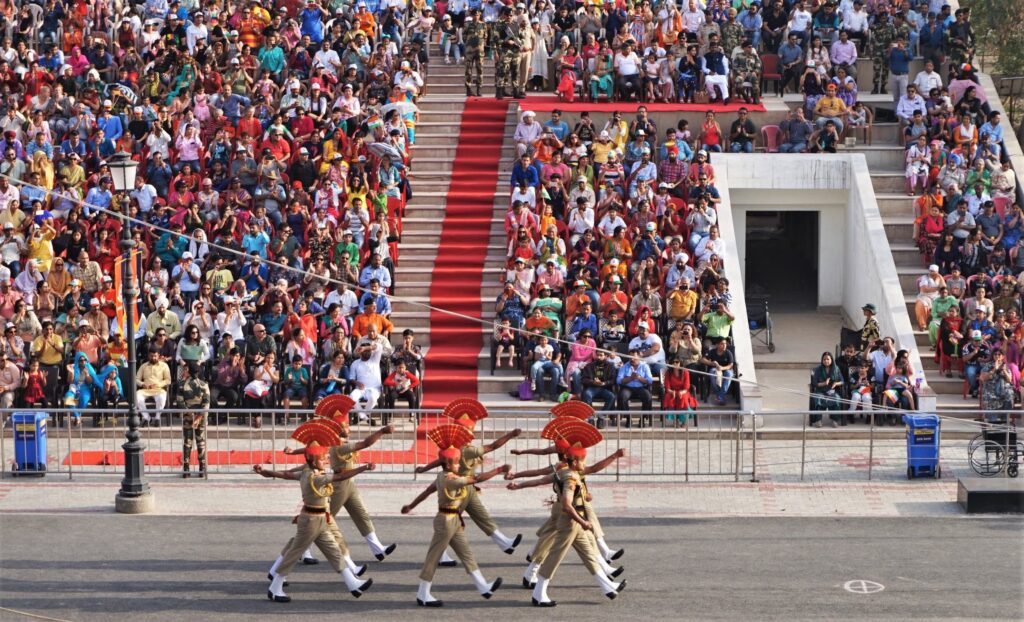
Ever wonder what happens when India and Pakistan try to outmarch each other? Ever wonder what happens when India and Pakistan try to outmarch each other? The Wagah Border Ceremony is one of the most iconic experiences in Amritsar, offering a high-energy “Who Can Step Harder?” contest, with the crowd going wild every single evening. You’ll see soldiers from both sides march, salute, and stare down like they’re in an intense staring competition. It’s patriotic, it’s dramatic, and yes – it’s also a little extra (in the best possible way).
Pro Tip: Get there early if you want a good seat. Trust me, the rush is wilder than a Punjabi wedding dance floor.
3. Explore Jallianwala Bagh
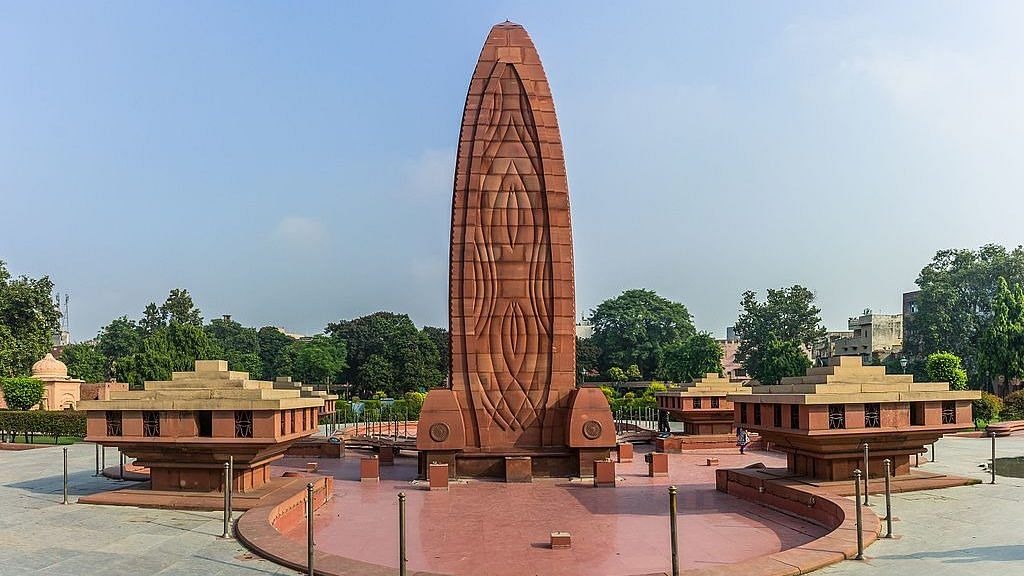
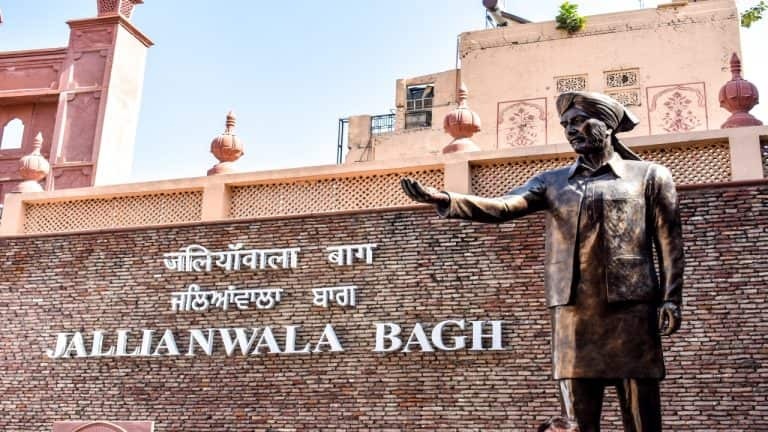
Let’s take a pause from the fun to remember an important chapter in India’s history. If you’re looking to visit historical sites in Punjab, Jallianwala Bagh near the Golden Temple is a must-see. This is where one of the most tragic events of India’s freedom struggle took place. The bullet holes on the walls still stand as a testament to the sacrifices made here. It’s a somber but essential stop to truly understand Punjab’s role in India’s independence.
Pro Tip: Try not to crack any jokes here. Even your best dad jokes won’t fly in such a solemn place.
More Reads: Things To Do In Lonavala With Family
4. Take a Ride on the Rural Heritage Haveli
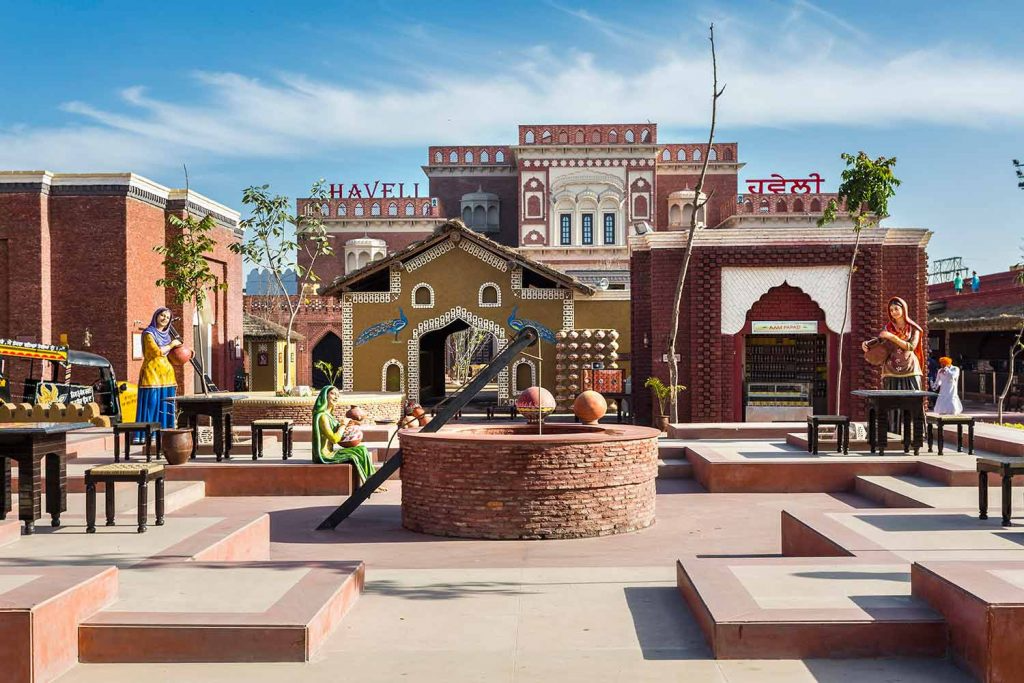
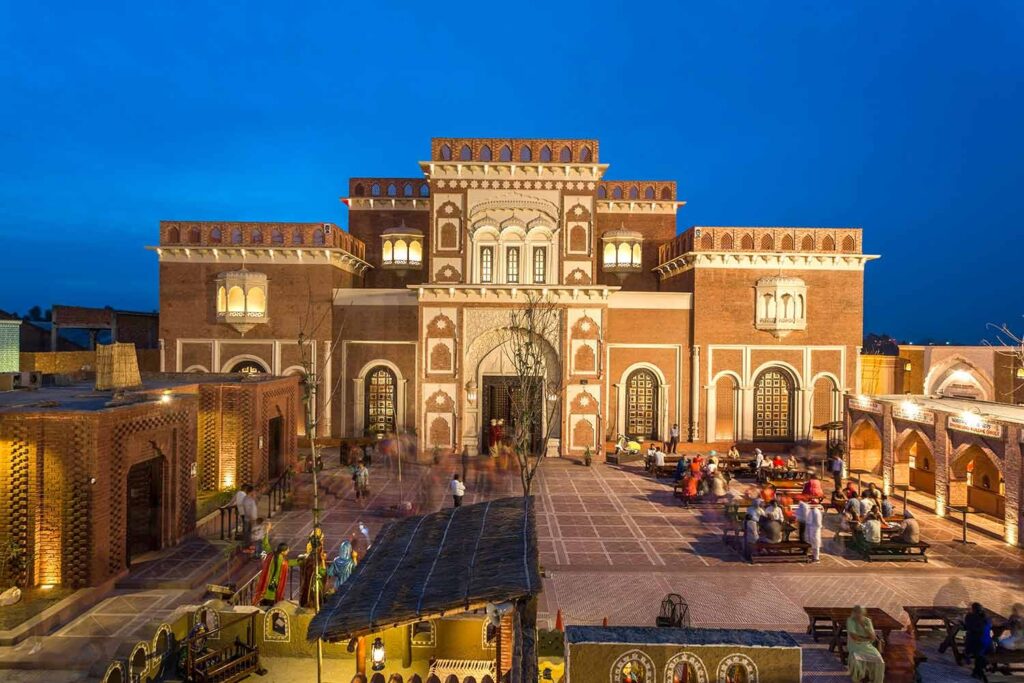
Ever wondered what life in a traditional Punjabi village feels like? Well, Rural Heritage Haveli will take you straight back to the good ol’ days – minus the Wi-Fi, but with loads of charm. Here, you can enjoy Punjabi folk performances, experience mud houses, and maybe even ride a buffalo. It’s one of the best things to do in Punjab with kids, giving them a taste of culture and adventure! It’s like “Little House on the Prairie” but with more parathas and fewer tumbleweeds.
Pro Tip: If you want to dance like a local, start practicing your Bhangra moves early. You’ll need them.
5. Taste Authentic Punjabi Food at a Dhaba
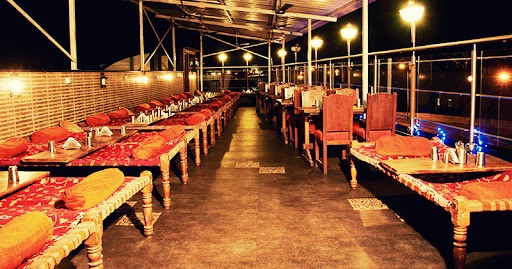
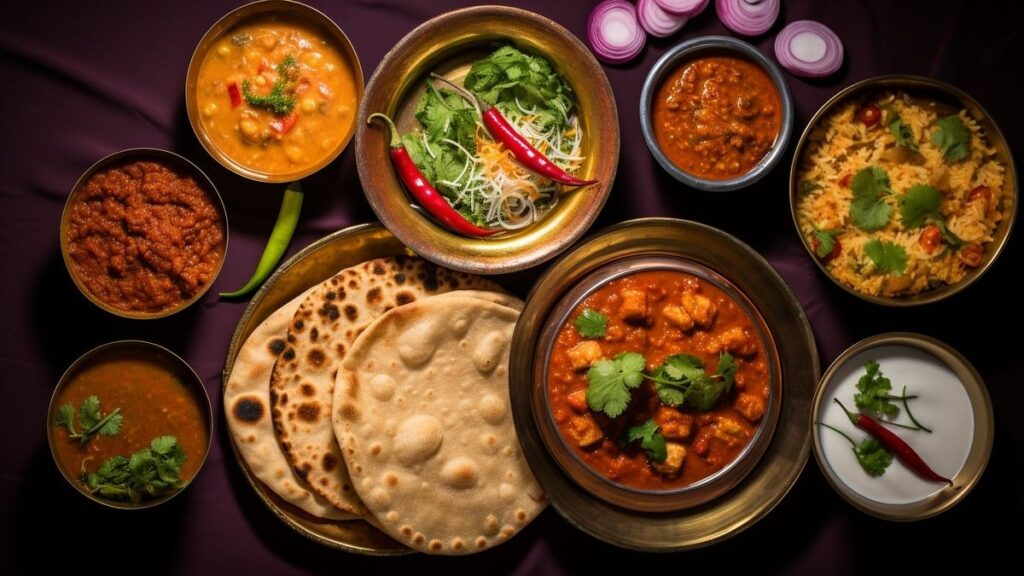
When it comes to Punjab sightseeing, the majestic forts and historic sites are just part of the experience. The real magic happens when you sit down for a true Punjabi feast. Punjabi food isn’t just eaten; it’s an event. Imagine a table groaning under the weight of Makki di roti, Sarson da saag, Amritsari kulcha, and a glass of thick, creamy lassi so large you could probably swim in it. And where do you get the best of this? At roadside dhabas, of course. Pull up a chair, loosen your belt, and get ready to eat like a Punjabi trucker. No one ever leaves hungry – or with a waistline intact!
Pro Tip: Say yes to extra butter. Saying no might be considered rude (to the butter).
6. Visit Virasat-e-Khalsa Museum
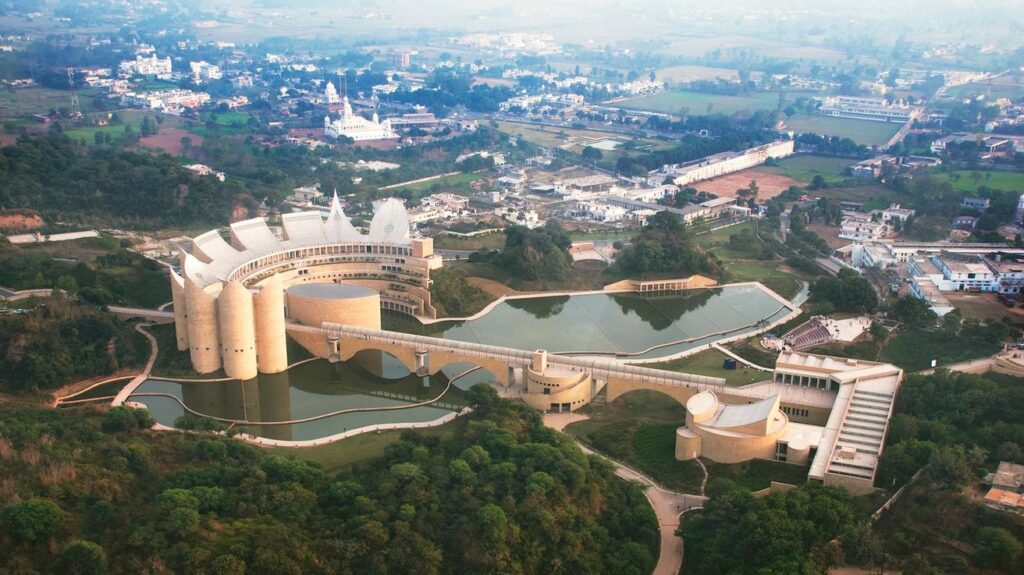
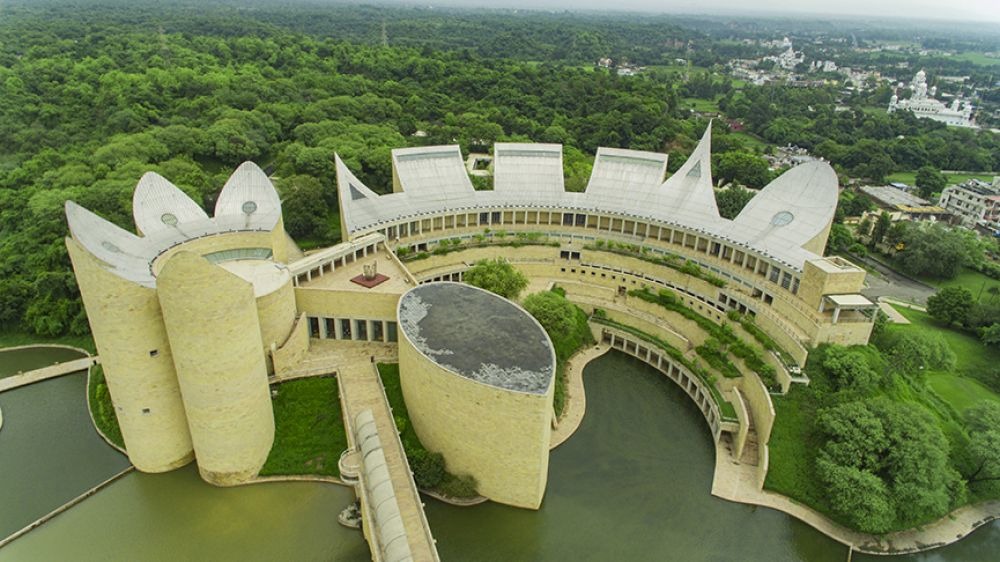
The Virasat-e-Khalsa Museum in Anandpur Sahib deserves a spot on your list of things to do in Punjab. More than just a museum, it’s a tribute to the rich history of Sikhism, brought to life with breathtaking visuals and cutting-edge exhibits. As you immerse yourself in its stories, you’ll gain a deeper appreciation for Punjab’s vibrant heritage. Whether you’re a history enthusiast or simply curious, this experience offers a meaningful connection to the state’s cultural roots.
Pro Tip: It’s HUGE, so wear comfy shoes. Trust me, you’ll be doing a lot of walking (and ooh-ing and aah-ing).
Morea Reads: 12 Best Things to Do in Jaipur at Night
7. Explore Anandpur Sahib
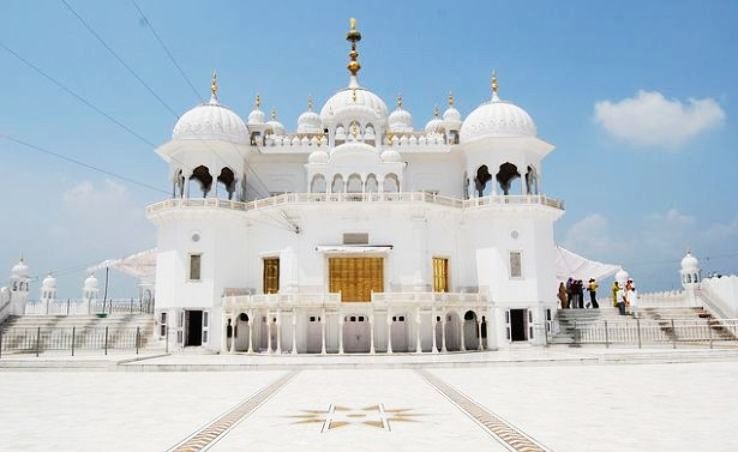
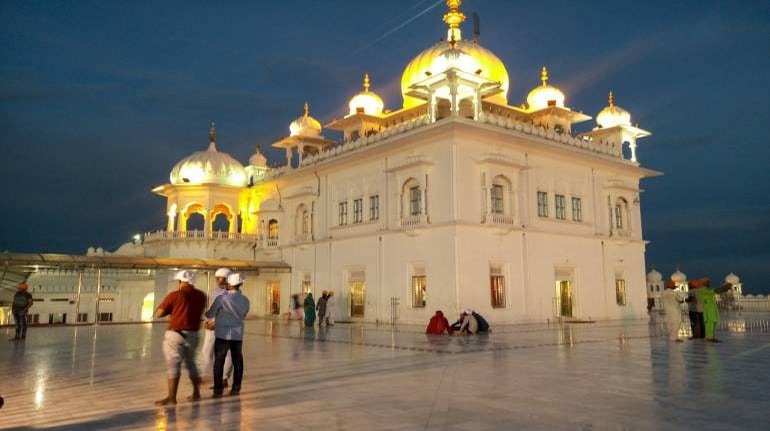
If you’re looking for one-day trip places in Punjab, Anandpur Sahib should be at the top of your list. It’s where Sikh history meets spiritual serenity. The city’s Gurudwaras are stunning, and if you time your visit during Hola Mohalla, you’ll witness a festival that’s like Holi, but with more martial arts and swords. Yes, swords! It’s an experience you won’t find anywhere else.
Pro Tip: Don’t try to join the martial arts performance. Stick to the sweets, they’re safer.
8. Attend the Baisakhi Festival
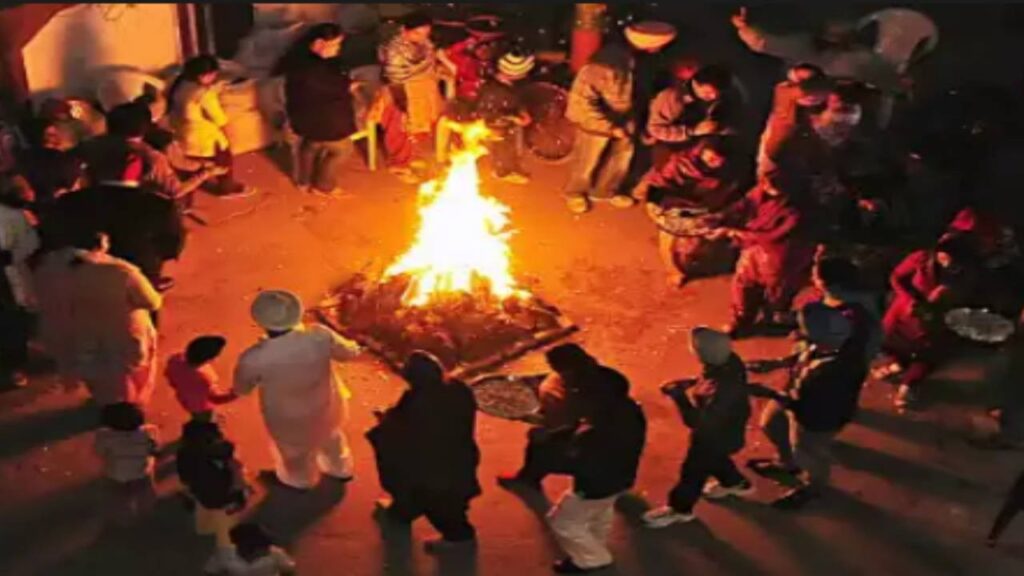
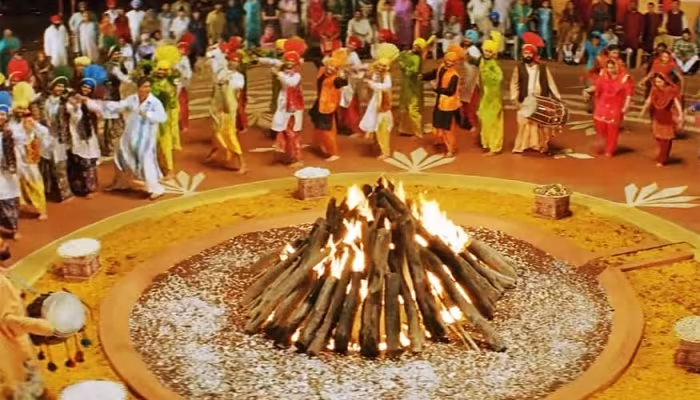
Festivals of Punjab are a spectacle like no other, and Baisakhi is the ultimate celebration. Held in April, this festival marks the Punjabi New Year and the harvest season. Expect vibrant parades, energetic dances, bustling fairs, and more delicious food than you can imagine. You might even get pulled into a Bhangra performance by a local. Don’t resist – just smile and dance!
Pro Tip: Wear bright colors. The duller your outfit, the more likely you’ll be given a makeover (unsolicited).
9. Discover the Rock Garden of Chandigarh
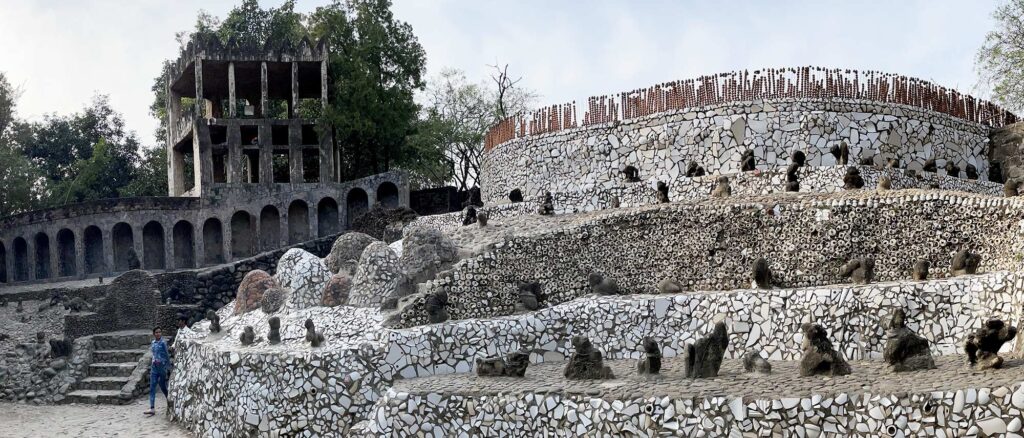
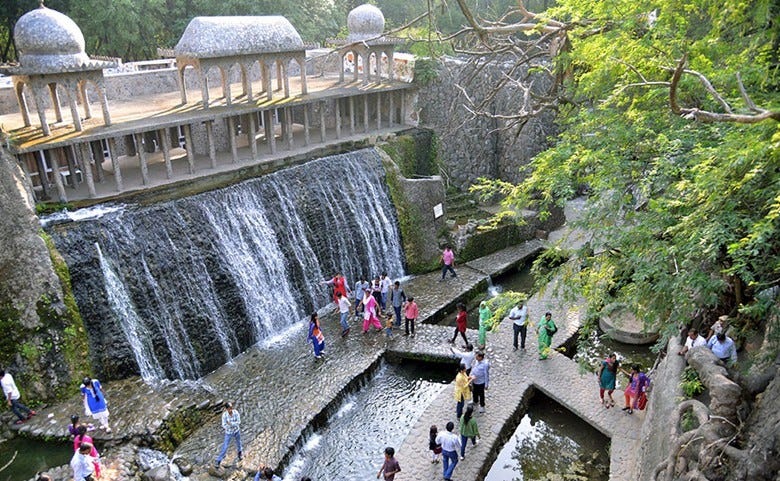
The Rock Garden in Chandigarh is one of the most famous places to visit in Punjab. This isn’t your average garden – it’s a fantasy world made entirely from industrial and home waste. Yup, Nek Chand turned trash into treasure! Explore a wonderland of broken bangles, tiles, and statues. It’s quirky, it’s artsy, and it’s truly one of a kind!
Pro Tip: Don’t touch the art – it’s made of recycled materials, so treat it with respect (and wonder).
10. Enjoy Boating at Sukhna Lake
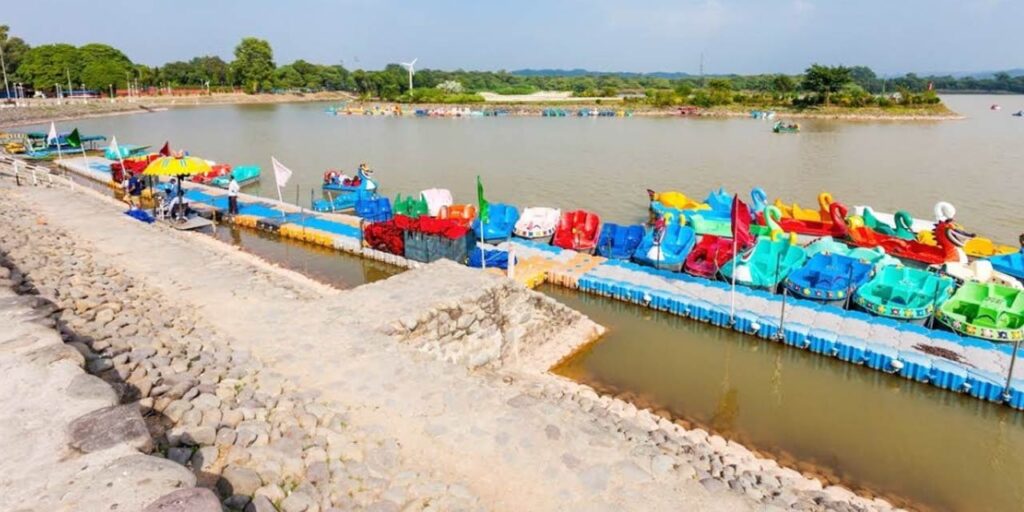
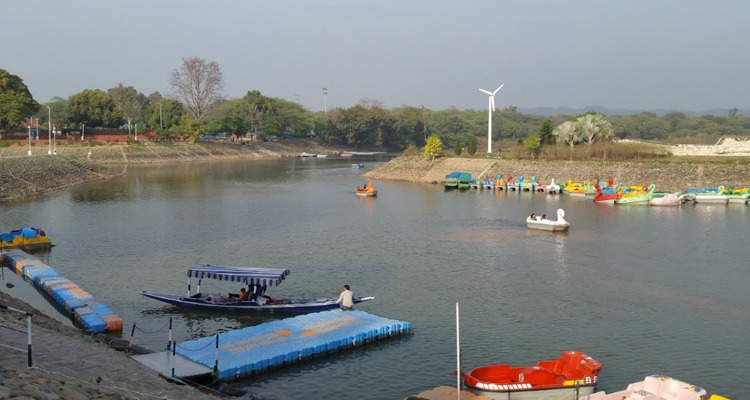
Feeling like slowing things down? A boat ride at Sukhna Lake, Chandigarh is one of the best things to do in Punjab, especially for couples. Enjoy peaceful boating surrounded by lush greenery, offering the perfect escape from Punjab’s usual high-energy vibes. Whether it’s paddle boating or a leisurely stroll along the lake, it’s a serene spot for couples to unwind before diving into their next Punjabi adventure.
Pro Tip: Sunsets here are dreamy. Bring your camera!
More Reads: 15 Best Things to Do in Uttarakhand
11. Adventure at Kikar Lodge
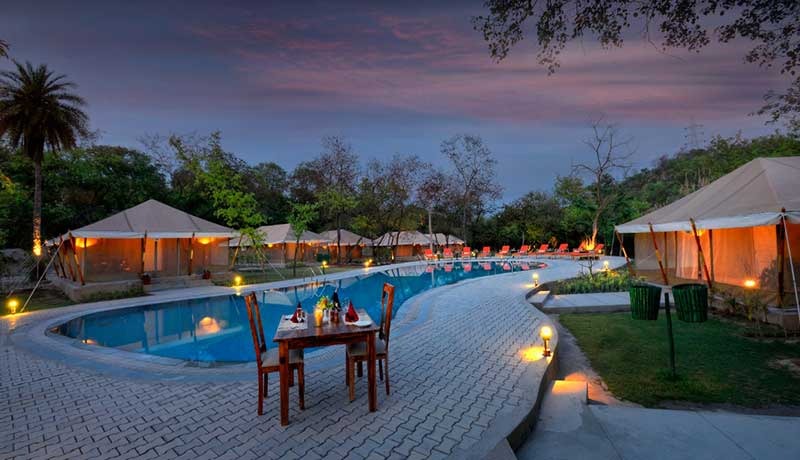
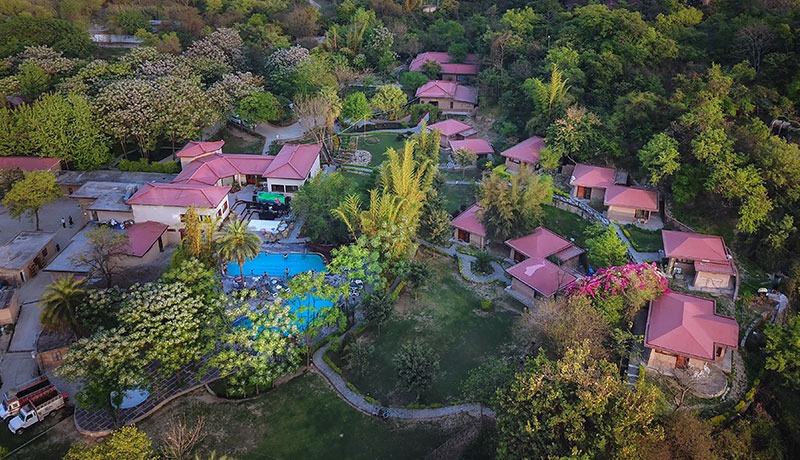
Tired of all the eating and sightseeing? Head to Kikar Lodge for some action! You can go zip-lining, quad-biking, trekking, and even paintballing. It’s like a Punjabi adventure park, set against the backdrop of nature. Perfect for when you’ve had enough lassi and want to burn off some calories.
Pro Tip: Carry insect repellent. Nature’s fun until the mosquitoes arrive.
12. Visit Patiala for the Royal Experience (And the Peg)
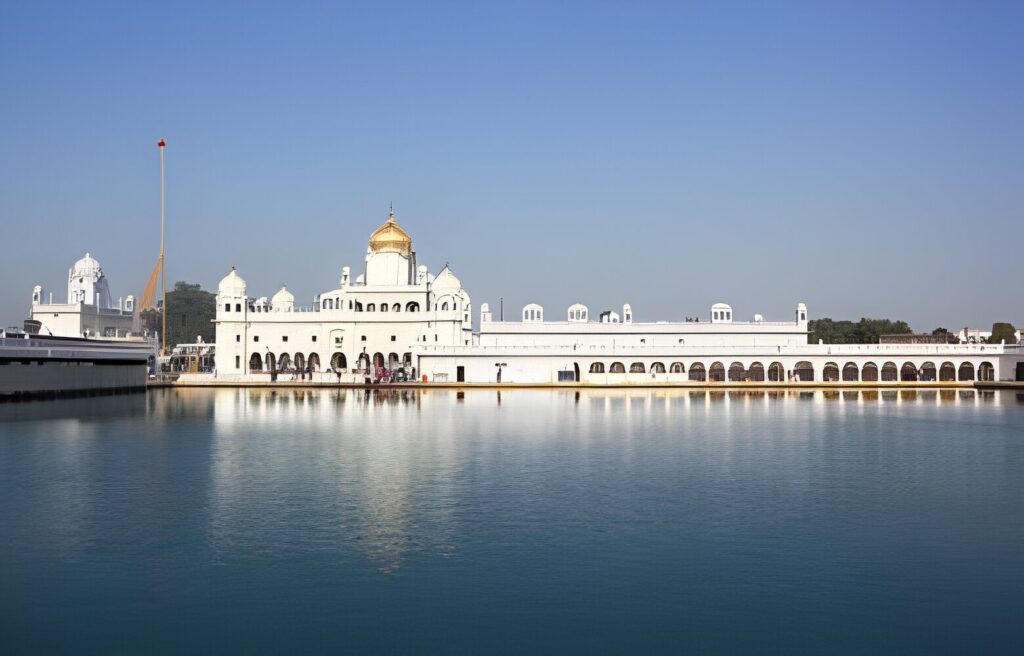

Patiala isn’t just a city – it’s an attitude. Known for its royal history, Patiala is home to grand palaces like Qila Mubarak and Sheesh Mahal. But if you’re looking for fun activities to do in Punjab, you can’t miss experiencing the legendary Patiala Peg. It’s not just a drink; it’s a very large drink that has become a symbol of Punjabi hospitality and celebration. So iconic, in fact, that it’s featured in countless Bollywood songs. Just remember to sip responsibly—or you might find yourself breaking into an impromptu Bhangra!
Pro Tip: Drink that Patiala Peg with caution. You’ve been warned.
13. Shop for Phulkari and Juttis
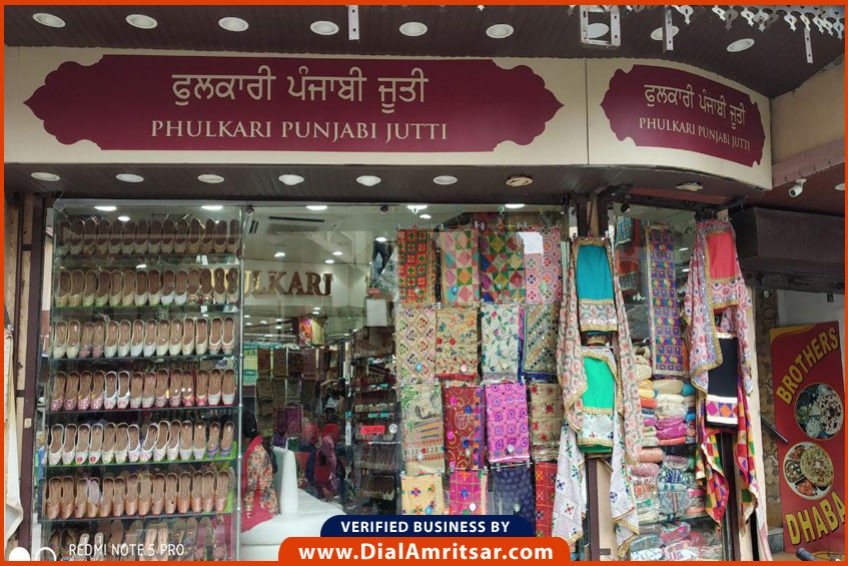

When exploring things to do in Punjab, don’t miss the chance to shop for authentic Punjabi treasures. Shopping here isn’t about flashy brands—it’s about diving into the state’s vibrant culture and taking home a piece of its tradition. Phulkari embroidery, with its intricate patterns and bold colors, is a must-buy. Whether it’s a dupatta, saree, or scarf, this exquisite craft makes for the perfect keepsake.
And then there are the iconic Punjabi juttis—traditional footwear that’s equal parts style and comfort. Adorned with beads, sequins, and embroidery, these juttis are perfect for adding a touch of Punjab to any outfit!
Pro Tip: Bargaining is encouraged. Channel your inner auntie and haggle like a pro.
14. Attend a Traditional Punjabi Wedding
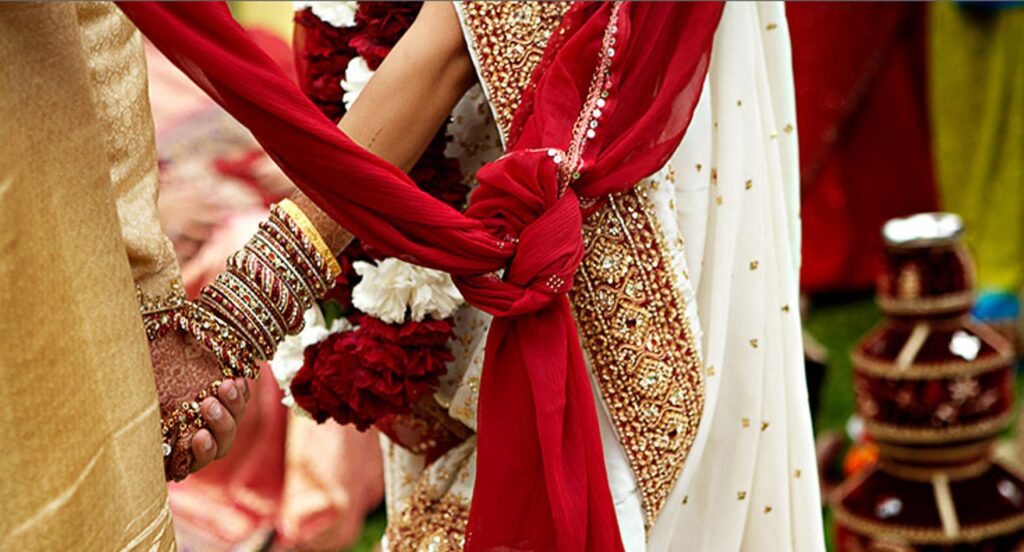

Got any Punjabi friends? Make sure to attend one of their weddings because these are legendary. It’s not just a wedding; it’s a three-day festival complete with endless food, dance, and probably more uncles doing questionable dance moves. Even if you don’t know the couple, you might just get invited by someone – because that’s how Punjabis roll!
Pro Tip: Practice your dance moves in advance. Punjabis take their dancing very seriously.
Conclusion: Punjab, Where Every Day Feels Like a Celebration
Whether you’re into history, food, adventure, or just having a good time, Punjab is a destination that never disappoints. From exploring the iconic tourist attractions in Amritsar to experiencing the vibrant festivals of Punjab, the options are endless. With so many things to do in Punjab, every day here feels like a celebration. So, what are you waiting for? Pack your bags (but leave space for Phulkari), and head to the land of five rivers, where the laughter is loud, the food is spicy, and unforgettable memories await.
FAQs on Things to do in Punjab
Which is the most visited place in Punjab?
The Golden Temple in Amritsar is the most visited place in Punjab, attracting millions of visitors annually for its spiritual significance, stunning architecture, and serene atmosphere.
What are some unique things to do in Punjab?
Experience a traditional Punjabi village stay, attend a Baisakhi festival celebration, or enjoy a thrilling ride in a tractor during a farm tour. Don't miss the unique experience of witnessing the Wagah Border ceremony or exploring the vibrant bazaars for traditional crafts.
What are the best things to do in Punjab for couples?
Couples can enjoy romantic boat rides at Sukhna Lake in Chandigarh, visit the serene Bhakra Nangal Dam, or explore the historic Qila Mubarak in Patiala. Amritsar’s Golden Temple at night is also a mesmerizing spot for couples.
What are the top places to visit in Punjab for kids?
For a family-friendly trip, visit the Pushpa Gujral Science City in Kapurthala, the Rock Garden in Chandigarh, and the Harike Wetlands for a nature-filled adventure. Amusement parks like Thunder Zone near Mohali are also great options.
How many days are enough for Punjab?
A 5-6 day trip is ideal to explore major attractions like Amritsar, Chandigarh, Patiala, and Jalandhar. However, a 2-3 day trip focusing on places like Amritsar and Chandigarh works well for a shorter visit.
What are the best one-day trip places in Punjab?
Popular one-day trip destinations include the Wagah Border ceremony near Amritsar, Ropar Wetlands for nature lovers, and Anandpur Sahib, known for its historical and religious significance. Chandigarh’s Rose Garden is another great spot for a relaxing day trip.